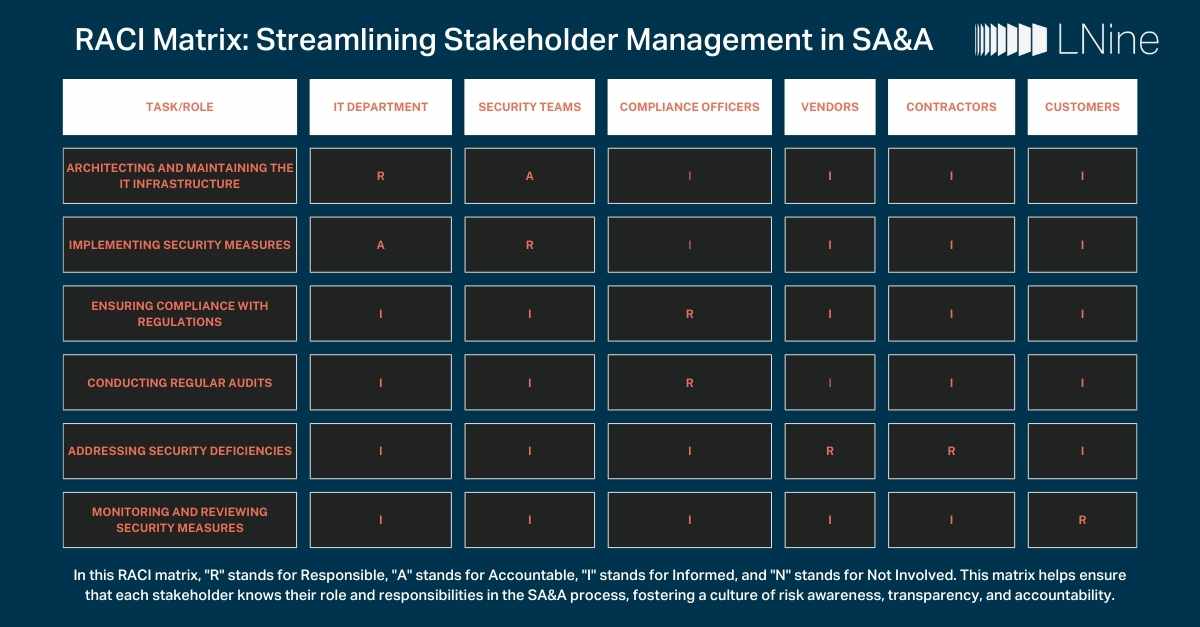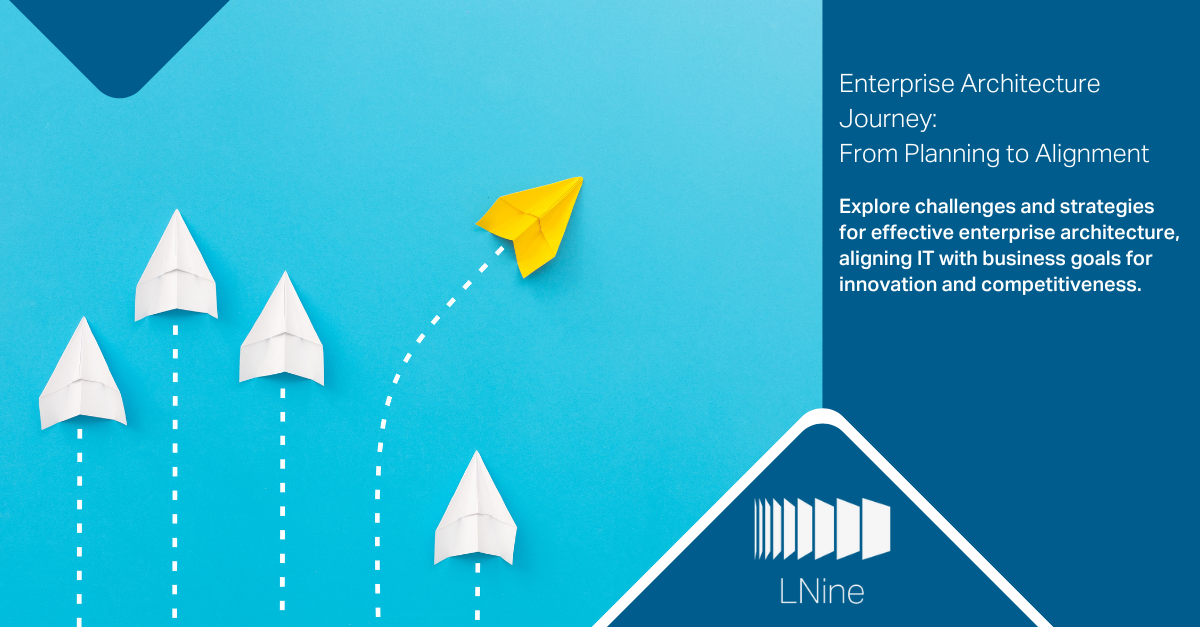The Modernization Imperative
In the world of business, every penny counts. As organizations embark on their application modernization journeys, cost optimization has emerged as a critical goal. It's not just about moving to the cloud—it's about leveraging cloud-native features to maximize efficiency and cost-effectiveness.
The potential for savings is substantial. A Forrester Total Economic Impact study found that organizations that modernized their applications and moved to the cloud experienced an average of 30% infrastructure cost savings. That's not just a number—it's a game-changer for businesses looking to allocate resources more strategically.
The Stakes: Why It Matters
Optimizing applications for the cloud is more than a cost-cutting exercise—it's a strategic move that can redefine your business's financial landscape. By reducing infrastructure and operational costs, you're not just saving money; you're freeing up resources that can be reinvested into innovation and growth initiatives.
In an era where every competitive edge counts, the ability to do more with less isn't just an advantage—it's a necessity.
Success in Action: A Case Study
Consider the case of a large manufacturing company that was grappling with high IT costs and inefficiencies due to its legacy systems. By modernizing its applications and optimizing them for the cloud, the company achieved remarkable results:
- A 35% reduction in infrastructure costs
- A 40% improvement in operational efficiency
But the story doesn't end there. The real magic happened when these savings were reinvested into innovation and growth initiatives, further enhancing the company's competitive position. It's a perfect example of how cost optimization can be a springboard for broader business transformation.
Strategies for Success
So, how can you achieve these kinds of savings? Here are four key strategies:
- Right-Size Your Resources: Think of this as Goldilocks for your IT infrastructure—not too much, not too little, but just right. Continuously assess and adjust your resource allocation to match demand. This ensures you're not paying for idle resources.
- Embrace Auto-Scaling: Implement auto-scaling to dynamically adjust resources based on real-time usage. It's like having a smart thermostat for your applications—it scales up when demand is high and down when it's low, ensuring optimal efficiency at all times.
- Go Serverless: Adopt serverless architectures for applications with variable workloads. This eliminates the need for server management and automatically scales with demand, providing a cost-effective solution for fluctuating needs.
- Optimize Your Storage: Use cloud-native storage solutions that offer tiered options. Think of it as organizing your closet—keep the items you use frequently close at hand, and move the rest to less expensive storage. This approach can significantly reduce your overall storage costs.
The Payoff: Benefits of Cost Optimization
The benefits of cost optimization extend far beyond just saving money:
- Slashed IT Spending: Optimized applications lead to significant reductions in IT spending, freeing up resources for other strategic initiatives. It's like finding extra room in your budget without cutting corners.
- Turbocharged Efficiency: Efficient resource utilization enhances operational efficiency, allowing you to do more with less. It's about working smarter, not harder.
- Scalability Without Breaking the Bank: Cost optimization enables you to scale your operations without incurring prohibitive costs. It's growth without the growing pains.
Navigating the Challenges
Of course, achieving cost savings through optimization isn't without its hurdles. High initial costs and complexity can be daunting. To smooth the path:
- Chart Your Course: Develop a clear, detailed optimization plan that outlines your goals, strategies, and metrics for success. It's your roadmap to savings.
- Bring in the Experts: Leverage the expertise of cloud service providers and consultants. Their experience can help you navigate the complexities of optimization and ensure your efforts are effective.
- Stay Vigilant: Continuously monitor your application performance and costs, making adjustments as needed. Optimization is an ongoing process, not a one-time event.
The Road Ahead
Realizing cost savings through application optimization isn't just a nice-to-have—it's a strategic imperative for organizations looking to maximize the benefits of modernization. By right-sizing resources, implementing auto-scaling, adopting serverless computing, and optimizing storage, you can achieve significant cost reductions and improve operational efficiency.
While challenges exist, the long-term financial benefits of cost optimization far outweigh the initial hurdles. In a business landscape where efficiency can make or break success, optimized applications aren't just cost-cutters—they're competitive differentiators.
Remember, in the world of IT, sometimes you need to spend money to save money. The question is: are you ready to invest in savings?




